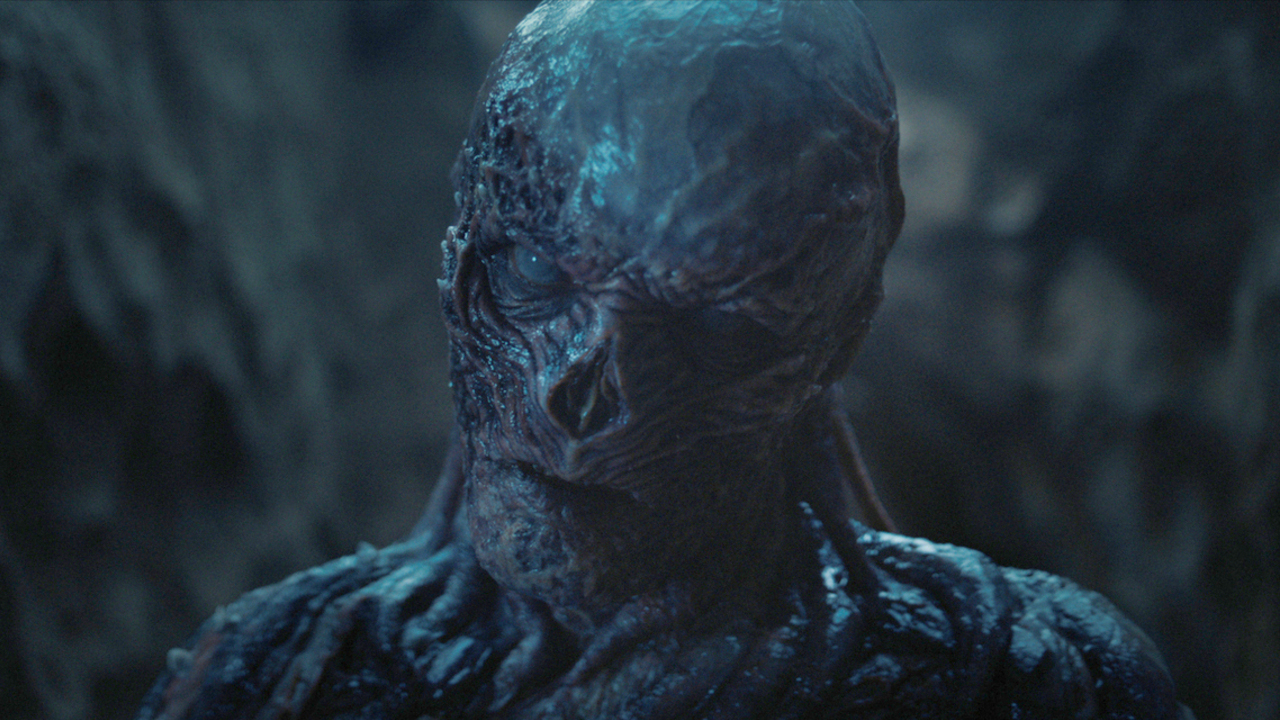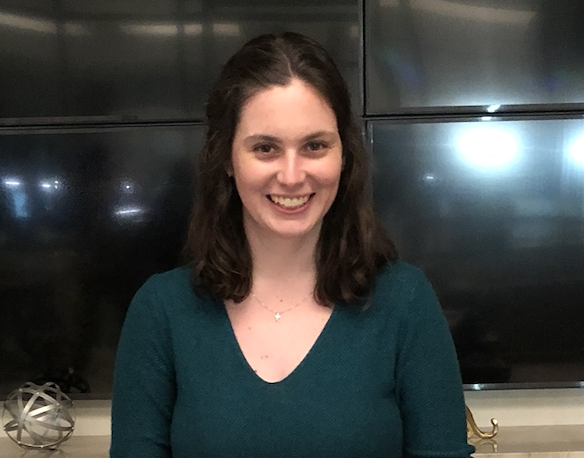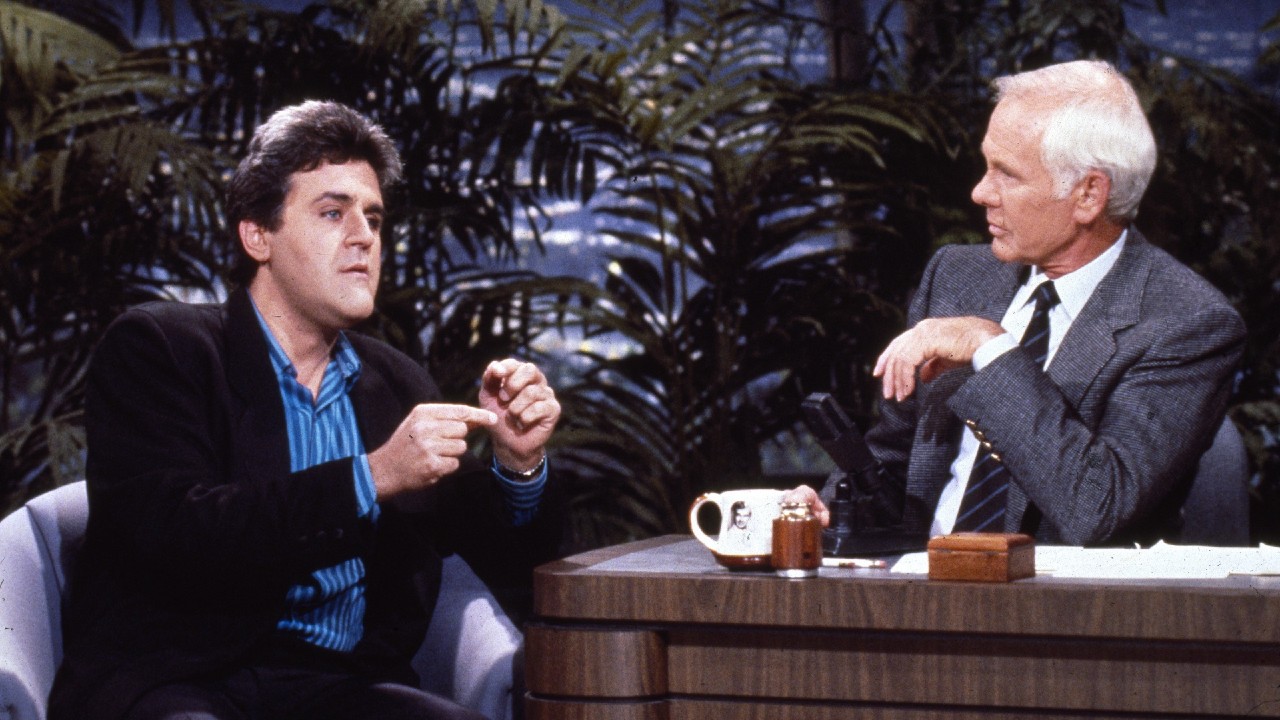How Stranger Things Used Practical Effects To Transform (Spoiler) Into Vecna For Season 4
Vecna delivered new kinds of horrors on Stranger Things, and the prosthetics artist explained how practical effects pulled it off.

Warning: MAJOR SPOILERS AHEAD for Vol. 1 of Stranger Things Season 4.
Stranger Things fans had to wait nearly three full years for Season 4, and the show rewarded viewers by delivering a new villain who makes the Demogorgon from Season 1 almost pale in comparison. Vecna forms psychic connections with victims in Hawkins without leaving the Upside Down, and punches a new gate with each person he kills. The final episode of Vol. 1 revealed that his identity before he was banished to the Upside Down was One, played by Jamie Campbell Bower. One and Vecna could hardly look more different, so prosthetics makeup artist Barrie Gower broke down how the team transformed Bower’s One into Vecna.
Vecna was actually the third iteration of this one character, as the end of the last episode of Vol. 1 – fittingly titled “The Massacre at Hawkins Lab” – revealed that his origin story went back to the 1950s as Henry Creel, but it was after his killing spree as One that Eleven sent him to the Upside Down, and ultimately turned him into the monstrous villain in the Stranger Things present. Unlike the physical form of the Mind Flayer that was the product of some incredible special effects in Season 3, Vecna is the actor in some remarkable prosthetics, and Barrie Gower broke down why the show went for a practical villain in the record-breaking Season 4:
The Duffers were very keen in Season 4 to have a very grounded and practical character. He's humanoid in his form. They were very keen to have somebody who had a very practical and on-set presence that could interact with the cast every day, rather than a character which is visual effects, somebody in a green screen suit. So we were super excited to be part of the creation of Vecna. We're really excited, having now seen episodes, that what you see on the screen is pretty much 90% - 95% our work. He is a practical character.
Matt and Ross Duffer evidently were determined that the villain of Season 4 would be more “grounded” and “practical,” which certainly explains why this season delivered the first Upside Down menace who actually uses language and deliberately torments victims from within their own minds. The Vecna who fans saw in action in the first volume wasn’t fully computer-generated or 100% the product of visual effects, but his look was largely created by the practical prosthetics. That meant a lot of time for the prosthetics makeup team and Jamie Campbell Bower, as Barrie Gower continued to explain:
Jamie is in a 24- or 25-piece prosthetic makeup that's all glued to his skin every day, and we had new appliances for every single shoot day. So in total, we had something like about 26 - 27 sets of appliances we had to make for Vecna. It was a bit of a marathon of makeup application every day, which we started off with the test makeup in November of 2020. I think it started off at about an eight and a half hour process with a team of four of us gluing him into this makeup. Then we managed to chisel it down to about six hours and twenty minutes in the end. So that was our fastest record, but it was like an orchestrated dance that we had to do with Jamie every day.
It’s safe to say that Jamie Cambell Bower's time in the makeup chair to play One for Eleven’s flashbacks was a lot shorter than his transformation into Vecna, but Vecna is sure to go down as one of the most unforgettable parts of the fourth season. He delivers different kinds of scares than the Demogorgon of Season 1 and the incarnations of the Mind Flayer in Seasons 2 and 3, with an almost Freddy Krueger-esque set of powers. (Barrie Gower also opened up about the experience of working with Nightmare on Elm Street’s Robert Englund for Stranger Things.)
So, what started the prosthetics process of transforming Jamie Campbell Bower into Vecna? Barrie Gower explained how it all began and the long process of perfecting the look of the new villain:
We started off with a full-body life cast. We had to sculpt the whole makeup in a modeling clay. Then we had to separate that up into many different parts, make molds, and then inject the molds with a couple of different products, a silicone material and a foam latex material depending on where it was in the body. And then it was just like big patchwork quilt pieces, which was all pre-artworked in London, to like the nth degree. So when we turned up on the makeup day every morning, everything was pre-artworked. We would glue everything together on the actor's skin, and then join all the dots together with airbrushes and inks and make it all seamless. So it's a huge undertaking and a really long process from start to finish.
There’s a reason why creating the look in the makeup chair each day took between six and nine hours, and Barrie Gower came into the Netflix hit with an impressive list of hit shows to his name as a prosthetics artist, including Game of Thrones, Chernobyl, and The Witcher. Viewers who have already finished Vol. 1 and are anxiously awaiting Vol. 2 can surely appreciate how much work went into the finished product of the villain. After all, few could have guessed that the actor playing One was also the person behind Vecna when first introduced! Gower continued, sharing why they had an advantage with creating the villain for Stranger Things Season 4:
Your Daily Blend of Entertainment News
We were really lucky because going from show to show, different franchises, sometimes we join at the very get-go and we're able to design the character from the ground up, do a lot of concept art, be part of the design process. Something like Stranger Things is obviously a well-oiled machine, a very established franchise. When we got the call to come and join them, they had the scripts written, they had the whole story written. But they also had a very clear vision of how they wanted Vecna to look. So we were presented with some concept art and blueprints from Michael Mayer, who was the concept artist but also the VFX supervisor as well. He worked very closely with the Duffers and they were very clear on how this character was going to look.
The long hiatus between Season 3 and Season 4 actually resulted in the Duffer brothers having the time to write the entire season before beginning to shoot, which executive producer Shawn Levy revealed was a first in the history of the show. The plans for Vecna were in place for a long time, which helped in the design, as Barrie Gower said:
We were given concept art initially so we knew exactly where we were going to take this character, which is rare. It's rare to join a production and people are very clear from the get-go. 'This is how we want the character to look.' You can sometimes spend weeks or months coming up with designs and trying to get things approved and trying to get things cleared and actually find out exactly what it is in the minds of the showrunners.
Vecna’s story isn’t over yet, as Vol. 1 ended with him seemingly more powerful than ever. He has Nancy in his clutches, and Dustin’s theory about him as the Mind Flayer’s “five-star general” creating gates to help the plan to take over the world from the Upside Down puts the promise from the trailer that “war” is coming in a whole new light. The heroes really may need to start reducing that distance between them if they want a shot at saving Hawkins!
Vol. 2 of Stranger Things Season 4 will debut on Friday, July 1 at 12:01 a.m. PT for Netflix subscribers. You can spend the next month revisiting the first three seasons and seven episodes of Season 4, or check out our 2022 TV premiere schedule for some viewing options to help pass the time until Vecna and Co. are back.

Laura turned a lifelong love of television into a valid reason to write and think about TV on a daily basis. She's not a doctor, lawyer, or detective, but watches a lot of them in primetime. CinemaBlend's resident expert and interviewer for One Chicago, the galaxy far, far away, and a variety of other primetime television. Will not time travel and can cite multiple TV shows to explain why. She does, however, want to believe that she can sneak references to The X-Files into daily conversation (and author bios).
